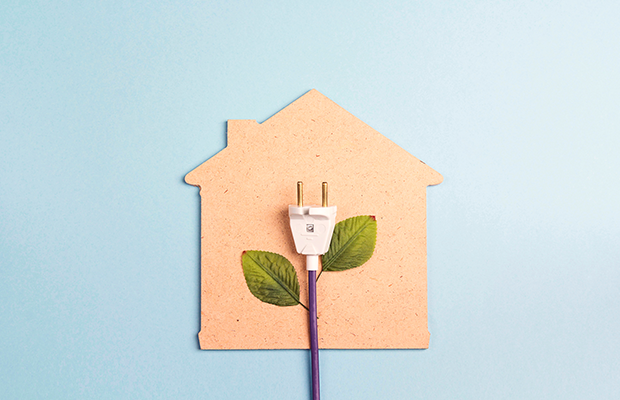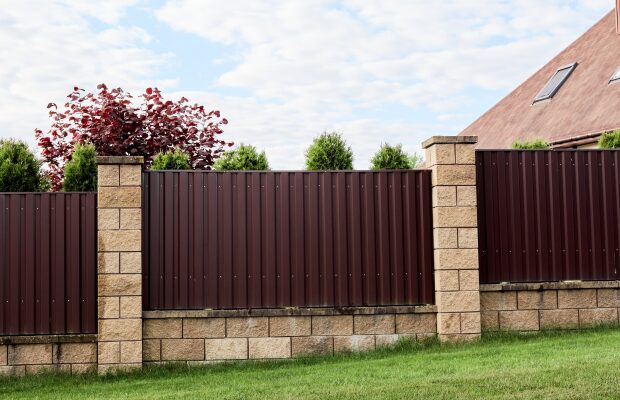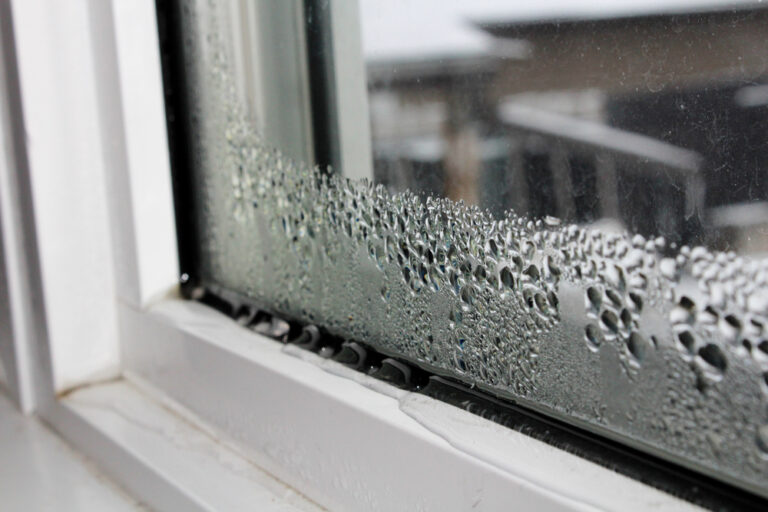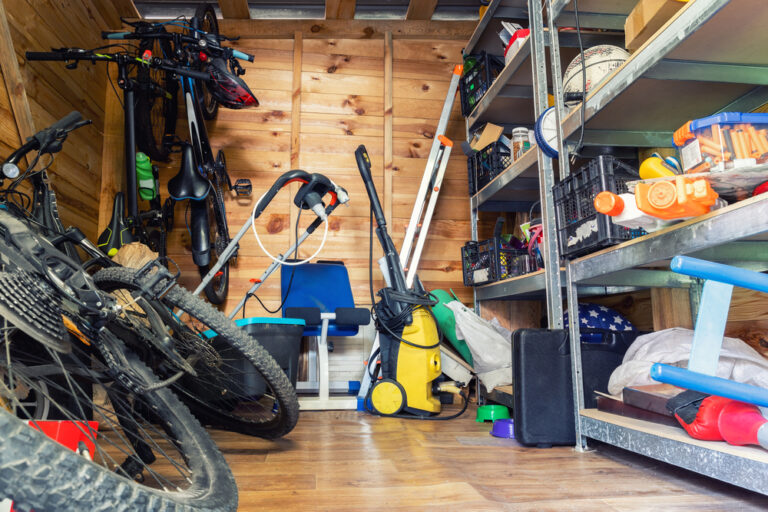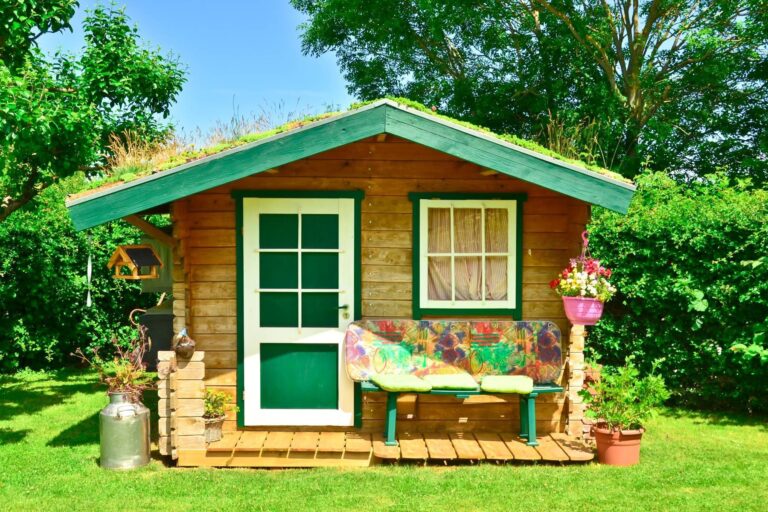Having a greener home is becoming more important to many UK homeowners who are looking for ways to lessen their home’s environmental impact and save money on energy costs. With the growth of technology year after year, there are more options than ever before, to help people to reduce their carbon footprint.
So, how can you reduce the environmental impact of your home?
1. Rooftop Solar Panels
Solar panels on your roof are one of the most efficient ways to generate sustainable energy for your home. Solar panels are one of the most popular options because the costs are minimal, and the benefits far outweigh the initial investment. Solar panels are typically put on the roof of your home or in your garden if space and sunlight are available. This is so that the sun’s energy can be successfully harnessed. After the rays are captured by the panels, the energy is turned into electricity, cutting your energy bills and lessening the load on the electrical system. With a conventional residential solar panel system, you might save between 1.3 and 1.6 tons of carbon each year, depending on where you live in the UK.
When it comes to the costs of your solar panel system, you must pay the setup fee once. Solar energy is free, so once it’s installed, you’ll save money on your energy bills and won’t have to pay anything else. Furthermore, there will be moments when your panels generate more electricity than your home can consume. In this situation, the excess energy is exported to the grid and used by another home. You can then be compensated for your surplus through an energy export payment.
2. Solar Water Heating
A solar-powered water heater, like solar panels on your roof, may heat your water in an environmentally beneficial manner. The sun’s rays are absorbed by the panels and used to heat a reservoir of water that is then pumped to your faucets, showers, and radiators. This technique of water heating is much less expensive than using electricity or gas, therefore your monthly payment will be lower.
3. Hydropower
Because you need a source of flowing water, this method may not work for everyone and is location dependent. If you have access to running water, you might want to investigate hydropower, which involves redirecting a stream of water through a turbine. You might generate a lot of power for your home depending on how strong the stream of water is.
You’ll need to invest in a hydropower generator and hire an expert to install it, but once that’s done, you’ll have an endless supply of energy. Because hydropower is not affected by the weather, it is more reliable than solar or wind power. You will always get the same quantity of electricity from it.
4. Biomass Energy
Biomass is a relatively modern environmentally friendly fuel idea. Organic waste, such as agricultural waste, wood pellets, and scrap timber, animal waste and manure, and other common detritus, are used to make it. It creates energy mostly through combustion and can help you save money on your heating bills. Biomass reduces greenhouse gas emissions and aids in the preservation of forests and agriculture as compared to fossil fuels.
While you may not be able to power your entire home with renewable energy – unless you live in a tiny house, of course – these solutions can help the environment while also lowering your monthly energy expenses.
If you’re looking to upgrade to a greener home, book a valuation today.
